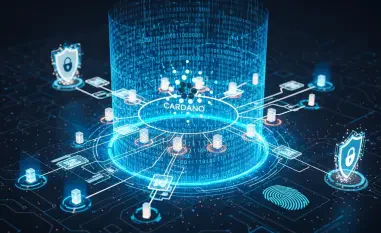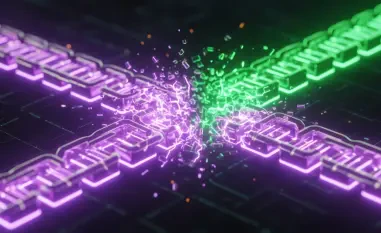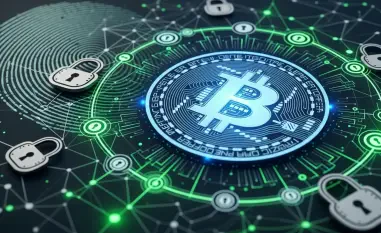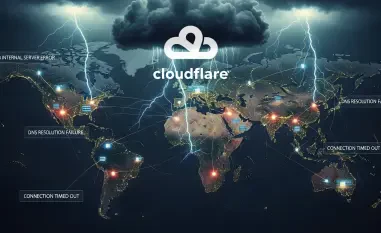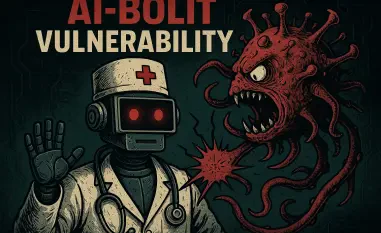The world of cybersecurity is ever-evolving, with threats growing in sophistication and reach, presenting ongoing challenges to digital safety. Infostealer malware, known for its data exfiltration capabilities, has emerged as one of the most advanced threats, pushing the boundaries of conventional cybercrime. This technology continuously adapts, creating complex battles for cybersecurity professionals. This review delves into the dynamic evolution of infostealer malware, exploring features, recent advancements, and potential future developments that could reshape cybersecurity defense paradigms.
Core Components of Infostealer Malware
Core Principles and Emergence
Infostealer malware operates on the simple yet powerful principle of data theft, designed to exfiltrate sensitive credentials and personal information from infected systems. Typically consisting of modules designed for data extraction, evasion, and persistence, these malwares are potent tools in the cybercriminal’s arsenal. Since their advent, they have become pivotal in the threat landscape, demonstrating their malicious potential by efficiently bypassing security measures.
Target Scope and Efficiency
Advanced infostealers now sport the capability to target a diverse range of systems and platforms, from popular web browsers to more obscure applications and devices. Their targeting efficiency lies in their ability to seamlessly infiltrate various technology environments, thereby maximizing the scope of potential damage. This adaptability not only enhances their threat level but also makes them a significant concern for cybersecurity defenders globally.
Evasion and Persistence Techniques
Evasion strategies represent a cornerstone in the design of infostealer malware. With ever-sophisticated methods, they avoid detection through techniques like process hollowing, rootkit integration, and dynamic packing. Maintaining persistence, they often use stealth techniques ensuring they remain operational for prolonged periods, complicating detection efforts and allowing continued data exfiltration without alerting users.
Recent Innovations and Trends
Technology and Tactic Improvements
Recent advancements in infostealer technology reveal significant strides in their stealth, distribution methods, and exfiltration capabilities. Innovations such as the employment of encrypted communication channels and polymorphic malware design are making it increasingly difficult for traditional security solutions to counter these threats. These trends suggest a future where traditional cybersecurity measures may become insufficient without further innovation.
Influence on Cybersecurity Strategies
The evolution of infostealers exerts considerable pressure on cybersecurity frameworks to innovate parallelly. As these threats become more sophisticated, security strategies must evolve to incorporate artificial intelligence and machine learning to predict and counteract potential threats. The ongoing evolution demands an adaptive approach, integrating behavior analysis to spot anomalies indicative of these advanced threats.
Real-World Applications and Impacts
Industry-Wide Deployment
Infostealer malware’s deployment spans numerous sectors, from finance to healthcare, demonstrating its formidable capability to inflict widespread damage. Industries naturally reliant on data integrity find themselves vulnerable, necessitating robust defenses to protect sensitive information.
Implications for Data Security
The use cases of infostealers underscore significant implications for data security within enterprise networks. Their ability to breach defenses and extract valuable information poses threats not only to individual businesses but also to broader economic and privacy concerns, paving the way for subsequent, often more damaging, cyberattacks.
Addressing Challenges and Limitations
Overcoming Technical and Regulatory Obstacles
The effectiveness of infostealer malware faces hurdles, including advances in detection technologies and tightening regulatory environments. These challenges create opportunities for developers to devise countermeasures, limiting malware efficacy and bolstering defenses. Addressing these limitations requires a multi-faceted approach involving collaboration across cybersecurity sectors.
Market Adaptation and Efforts
Efforts to combat infostealers are met with equal ingenuity in the development of mitigative frameworks and security protocols. As cybersecurity defenses adapt, there is a concerted push to stay ahead of evolving threats by focusing on the development of next-generation solutions that are both proactive and reactive in nature.
Long-Term Outlook
Future Developments and Breakthroughs
Looking ahead, infostealer malware is poised for further sophistication, potentially with the integration of artificial intelligence to enhance targeting and stealth functionalities. Such advancements will necessitate corresponding breakthroughs in cybersecurity defenses to maintain a balanced digital ecosystem. The continuous arms race between attackers and defenders will fundamentally shape future cybersecurity landscapes.
Societal and Strategic Implications
Long-term, the evolution of infostealers will have enduring societal impacts, influencing everything from individual privacy to national security protocols. As their capabilities grow, so too does the potential for misuse in larger, more coordinated attacks. Strategic insights derived from current trends will be vital for formulating comprehensive countermeasures.
Conclusion and Verdict
In summary, the rapid development of infostealer malware has dramatically altered the cybersecurity threat landscape, with its advanced targeting and evasive capabilities posing significant challenges. Addressing these sophisticated threats will require innovative and adaptable defense mechanisms, bolstering resilience against potential breaches. Looking forward, the continuous interplay between these emerging threats and evolving defense strategies will be critical in maintaining a secure digital environment. These considerations suggest an urgent need for ongoing vigilance and strategic adaptation to safeguard digital infrastructure in an increasingly interconnected world.



